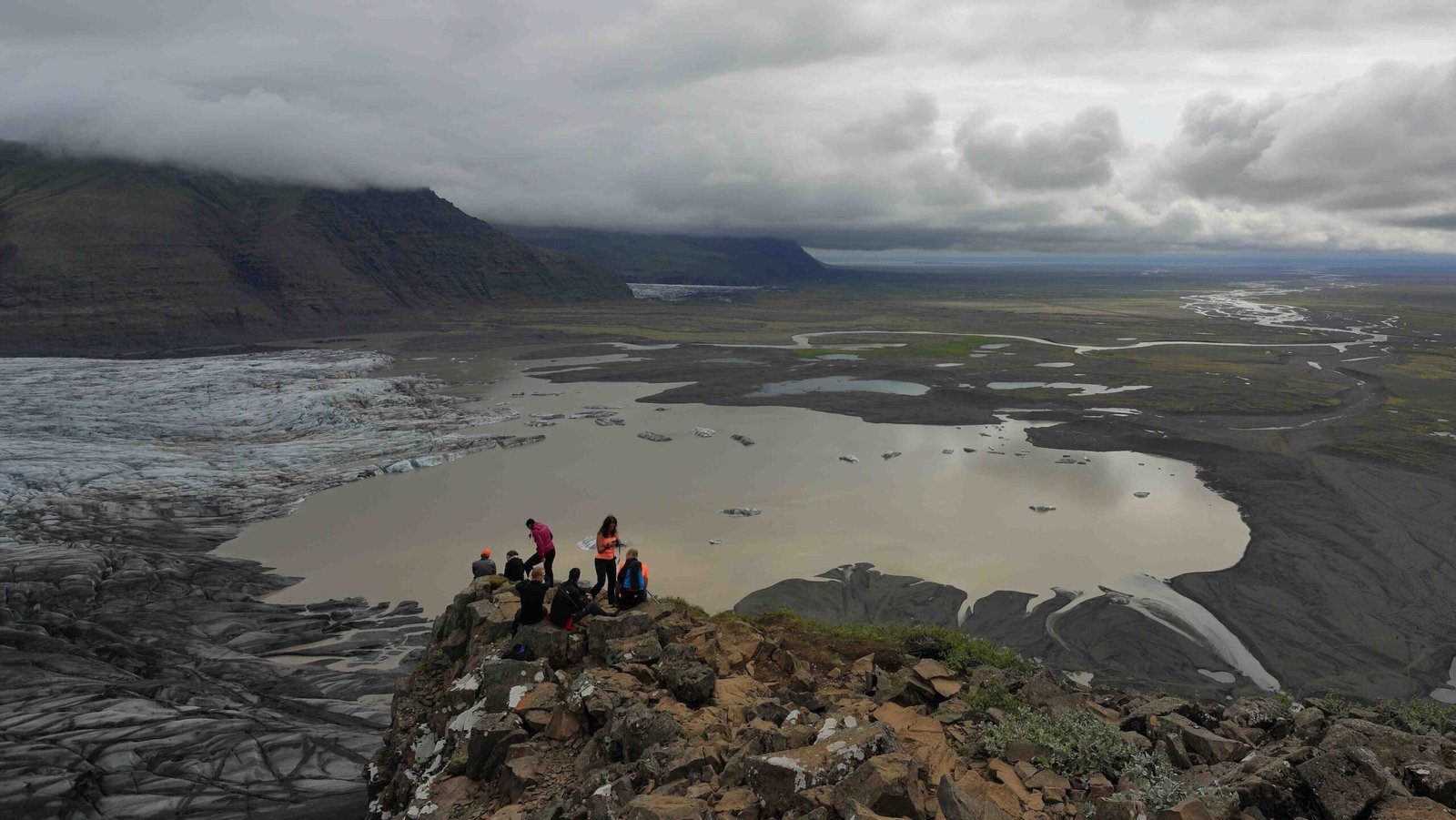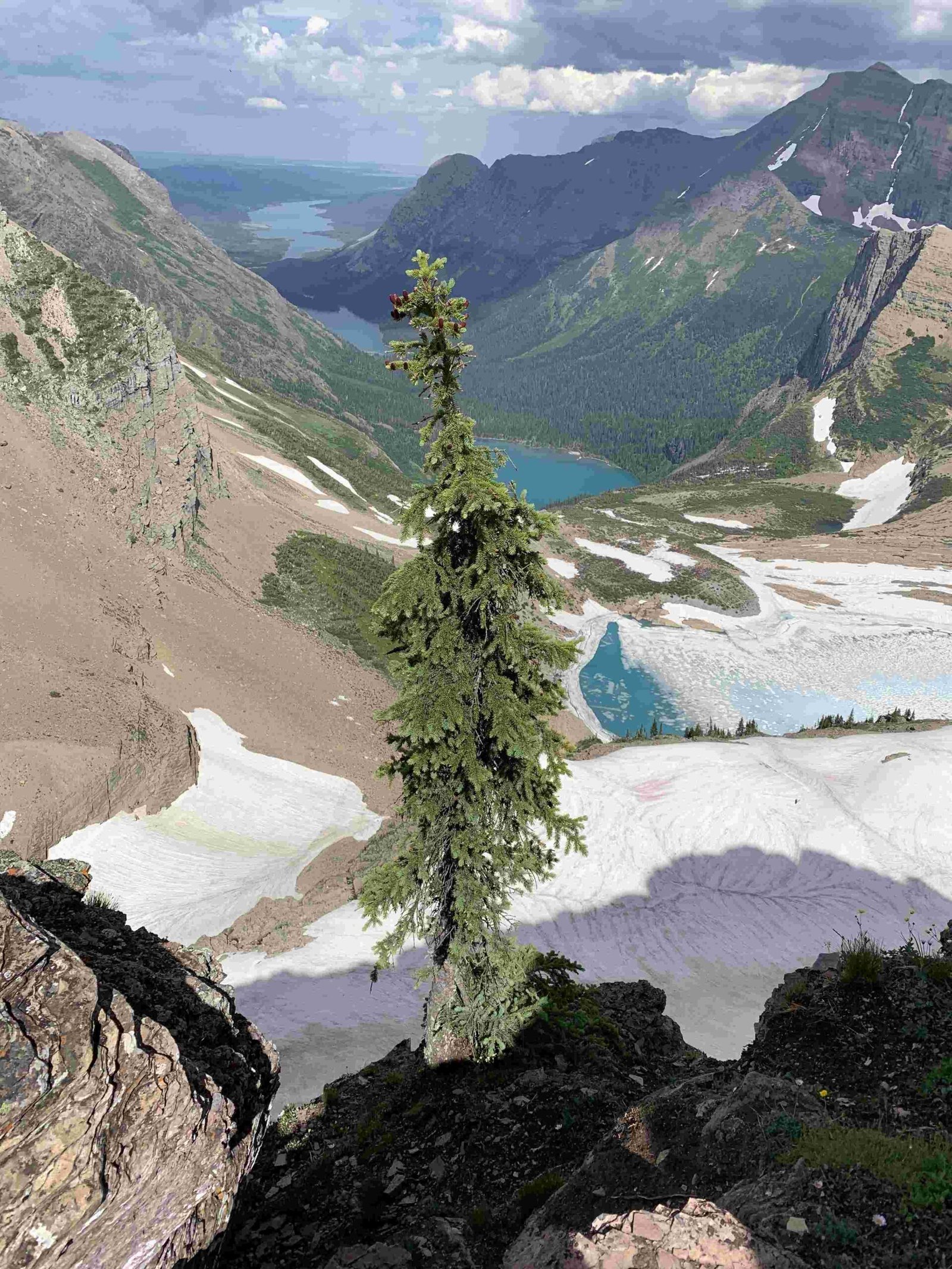Glacier National Park, known for its stunning alpine meadows, rugged mountains, and pristine forests, offers a unique wilderness experience. This guide provides essential advice for planning your visit, including the best times to go, must-see attractions, necessary permits, and insider tips. From navigating the iconic Going-to-the-Sun Road to encountering wildlife safely, this comprehensive advice will help you make the most of your Glacier National Park adventure.
What Are the Best Times to Visit Glacier National Park?

The optimal time to visit Glacier National Park largely depends on your preferences and planned activities. Here’s a breakdown of what to expect in different seasons:
Summer (July-August)
- Peak season with warm weather and full access to trails
- Ideal for hiking and outdoor activities
- Busiest time with larger crowds
- Advance reservations highly recommended
Fall (September-October)
- Fewer crowds and beautiful fall colors
- Cooler temperatures, perfect for hiking
- Some facilities begin to close in late September
- Wildlife more active during this time
Winter (November-April)
- Limited access to many areas due to snow
- Ideal for winter sports like cross-country skiing and snowshoeing
- Fewer visitors, offering a serene experience
- Many park facilities closed
Spring (May-June)
- Gradual reopening of facilities and roads
- Wildflowers begin to bloom
- Unpredictable weather with potential for late snow
- Lower crowds compared to summer
What Are the Must-See Attractions in Glacier National Park?

Glacier National Park boasts numerous breathtaking attractions. Here are some you shouldn’t miss:
- Going-to-the-Sun Road: This 50-mile road offers spectacular views of the park’s diverse landscapes. Key points include:
- Logan Pass
- Big Bend
- Jackson Glacier Overlook
-
Wild Goose Island Overlook
-
Lake McDonald: The largest lake in the park, known for its crystal-clear waters and colorful pebbles.
-
Many Glacier: Often called the heart of the park, featuring:
- Stunning mountain scenery
- Abundant wildlife
-
Access to popular trails like Grinnell Glacier and Iceberg Lake
-
Two Medicine: A less crowded area offering:
- Beautiful lakes
- Mountain views
-
Access to scenic hikes like Dawson-Pitamakan Pass
-
Waterton-Glacier International Peace Park: A UNESCO World Heritage Site spanning the U.S.-Canada border.
What Permits Are Required for Glacier National Park?
Understanding the permit requirements is crucial for a smooth visit to Glacier National Park. Here’s what you need to know:
Entry Permits
- Park entrance fee: $35 per vehicle (valid for 7 days)
- America the Beautiful Pass: $80 annually, covers all national parks
Vehicle Reservation System
- Required for entering certain areas during peak season (late May to early September)
- Includes Going-to-the-Sun Road and North Fork
- Reservations available on Recreation.gov
Backcountry Permits
- Required for overnight stays in the backcountry
- Can be reserved in advance or obtained on a walk-up basis
- Fees apply: $7 per night per person for adults, $3 for children
Boating Permits
- Required for all watercraft, including non-motorized
- Boats must be inspected for aquatic invasive species
How Should I Prepare for Hiking in Glacier National Park?
Proper preparation is key to a safe and enjoyable hiking experience in Glacier National Park. Consider the following advice:
Essential Gear
- Sturdy hiking boots
- Layered clothing
- Rain gear
- Sun protection (hat, sunscreen, sunglasses)
- Bear spray (available for rent or purchase in the park)
- Plenty of water and high-energy snacks
Safety Precautions
- Wildlife Awareness:
- Be bear aware – make noise while hiking
- Carry bear spray and know how to use it
-
Store food properly in bear-resistant containers
-
Weather Preparedness:
- Check weather forecasts before heading out
- Be prepared for sudden changes in weather
-
Start hikes early to avoid afternoon thunderstorms
-
Navigation:
- Carry a detailed map and compass
- Don’t rely solely on electronic devices
-
Stay on marked trails
-
Physical Preparation:
- Start with easier trails if you’re not an experienced hiker
- Gradually work up to more challenging hikes
- Know your limits and turn back if necessary
What Are Some Lesser-Known Gems in Glacier National Park?
While popular attractions draw crowds, Glacier National Park has several hidden gems worth exploring:
- Belly River Area:
- Remote and less trafficked
- Ideal for multi-day backpacking trips
-
Offers a true wilderness experience
-
Polebridge and North Fork:
- Off-the-grid area with limited services
- Access to Bowman and Kintla Lakes
-
Famous for huckleberry bear claws at the Polebridge Mercantile
-
Sperry Chalet:
- Historic backcountry chalet accessible only by trail
- Offers rustic accommodations and meals
-
Spectacular alpine setting
-
Hidden Lake Overlook:
- Relatively easy hike from Logan Pass
- Often overlooked by visitors rushing through
-
Offers stunning views and wildlife sightings
-
Avalanche Lake:
- Moderate hike through cedar-hemlock forest
- Beautiful lake surrounded by steep cliffs
- Less crowded than some other popular trails
How Can I Responsibly Enjoy Wildlife Viewing in Glacier National Park?
Glacier National Park is home to diverse wildlife, including grizzly bears, moose, mountain goats, and bighorn sheep. Here’s how to responsibly enjoy wildlife viewing:
Do’s:
- Maintain a safe distance (at least 100 yards from bears and wolves, 25 yards from other wildlife)
- Use binoculars or telephoto lenses for close-up views
- Observe animals in their natural habitats without disturbing them
- Report any unusual animal behavior to park rangers
Don’ts:
- Never feed wildlife
- Avoid approaching or following animals
- Don’t use calls or audio devices to attract wildlife
- Never block an animal’s path or surround it
Best Viewing Locations:
- Many Glacier Valley: Known for bear and moose sightings
- Logan Pass: Mountain goats and bighorn sheep often spotted
- Two Medicine: Good for seeing moose and bears
- Lake McDonald: Potential for seeing various wildlife, including deer and eagles
What Are the Best Photography Spots in Glacier National Park?
Glacier National Park offers countless opportunities for stunning photography. Here are some prime locations:
- Wild Goose Island Overlook:
- Iconic view of a tiny island in Saint Mary Lake
-
Best at sunrise or sunset
-
Logan Pass:
- Panoramic views of surrounding peaks
-
Wildflower meadows in summer
-
Many Glacier Hotel:
- Picturesque view of Swiftcurrent Lake and surrounding mountains
-
Beautiful reflections in calm water
-
Two Medicine Lake:
- Dramatic mountain reflections
-
Less crowded than other popular spots
-
Bowman Lake:
- Serene lake views in a less-visited area
-
Great for capturing the park’s wilderness feel
-
Going-to-the-Sun Road:
- Numerous pullouts offering spectacular vistas
- Varied landscapes from valleys to alpine areas
Photography Tips:
- Use a tripod for sharper images, especially in low light
- Capture the golden hours just after sunrise and before sunset
- Include foreground elements to add depth to landscape shots
- Be patient and respectful when photographing wildlife
How Can I Make the Most of a Short Visit to Glacier National Park?
If you’re short on time, here’s how to maximize your Glacier National Park experience:
- Drive the Going-to-the-Sun Road:
- Allows you to see much of the park in a day
-
Stop at key viewpoints like Logan Pass and Jackson Glacier Overlook
-
Take a Short Hike:
- Hidden Lake Overlook (2.8 miles round trip)
-
Trail of the Cedars (0.9 mile loop)
-
Visit Lake McDonald:
- Enjoy the views and colorful pebbles
-
Take a scenic boat tour if time allows
-
Stop at a Visitor Center:
- Get oriented and learn about the park’s history and ecology
-
Logan Pass Visitor Center offers excellent exhibits
-
Wildlife Viewing:
- Drive through Many Glacier Valley for potential wildlife sightings
-
Best times are early morning or late evening
-
Sunset at Wild Goose Island Overlook:
- Perfect way to end your day in the park
Remember to make reservations in advance, especially for the Going-to-the-Sun Road during peak season.
By following this Glacier National Park advice, you’ll be well-prepared to experience the park’s majestic beauty, diverse wildlife, and unforgettable landscapes. Whether you’re planning a short visit or an extended stay, Glacier National Park offers something for every nature enthusiast and adventure seeker.